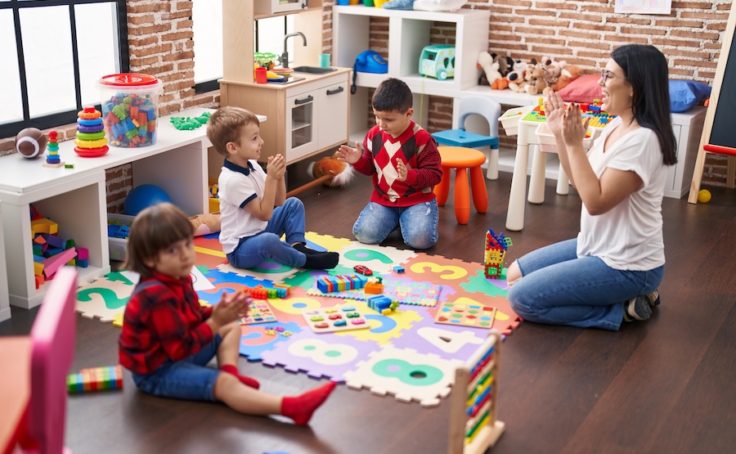Crafting with Care: Inclusive Approaches to Mother’s Day and Father’s Day

Mother’s Day and Father’s Day can be challenging or confusing times for children who have lost a parent, are raised by a single parent, do not have a parent present in their lives, are separated from a parent, or have same-sex or nonbinary parents.
As early childhood educators, it’s essential to approach these occasions with sensitivity and inclusivity, ensuring every child feels valued and included. It’s also helpful to ensure that all crafts are gender and role inclusive.
Here’s how to navigate these celebrations with empathy and creativity, while addressing the emotional challenges that may arise.
For Children Whose Mother or Father Have Passed Away
For children who have lost a parent, these days can evoke feelings of sadness and loss. It's crucial to provide an alternative way for them to participate without feeling excluded or reminded of their loss.
Children may feel isolated or different from their peers who are celebrating with both parents. Here are some tips for educators to approach celebrating and discussing Mother’s Day or Father’s Day with a child whose parent has passed away.
- Talk to the child’s primary caregiver about your plans to celebrate the holiday in the classroom in advance. Follow their insight and advice on how to approach discussing the child’s late parent. With enough advance notice, you could plan for that child to visit another room or be a “special helper” elsewhere during craft time.
- If the child participates, consider laminating their craft so it can be placed outside on the parent’s grave or memorial. Or, offer the idea of creating a special “Memory Box” to place photos, notes or crafts inside.
- Ask the child if there is someone else in their life they would like to make a craft for and explain that it does not need to be for a mother or father figure. These days are worthy of celebrating anyone who is special in their lives.

For Children Whose Mother or Father Are Not Present
Children with an absent parent due to separation, military service or other reasons might struggle with feelings of abandonment or disconnection. It’s crucial to help these children feel included and loved.
Here are some tips for educators to approach celebrating and discussing Mother’s Day or Father’s Day with a child who is separated from their mother or father.
- Establishing open communication with each family in advance can help educators understand and plan classroom celebrations accordingly. When educators work to instill safety and security, as well as the understanding that every family is unique, it can help children feel less uncertainty in relation to Mother’s Day and Father’s Day.
- If the child participates in the group craft, offer the option to mail it to the child’s parent. This can also serve as a fun and educational moment to talk about how mail services work.
- Explain that these days are to honor anyone who the child loves and who loves them. Help them choose someone special in their lives and alter the craft as needed to honor that person.
How to talk to young children about divorce.
For Children with Same-Sex or Nonbinary Parents
For children with same-sex parents, traditional Mother's Day and Father's Day crafts may not reflect their family structure. It’s essential to explain to children that every family is unique and adapt activities as needed to celebrate the love and care they receive from their parents.
Here are some tips for educators to approach celebrating and discussing Mother’s Day or Father’s Day with a child who has same-sex parents.
- Professionals who work with families often have social identities that different from those of the families they serve. Embracing all families ensures that children feel welcome, included and accepted — setting the foundation for a strong start in life.
- If the child participates in the group craft, work with them to come up with fun ideas to adjust it to fit their family. This may mean they need to create two versions of the craft, or that they choose to make a craft for their grandparent, aunt or uncle.
- Approach these holiday as “Family Days” and encourage each child to recognize and celebrate their unique family and those who love them.
How to create a welcoming environment for LGBTQ+ families.
Tips for Educators
Open Communication: Talk to children and their families about how they would like to approach these days. This helps ensure that activities are respectful and considerate of each child’s situation.
Inclusive Language: Use language that includes all family types. Instead of “Mother’s Day” or “Father’s Day” crafts, consider calling them “Special Person’s Day” activities.
Alternative Celebrations: Consider celebrating a “Family Appreciation Day” where children can honor any family member or significant adult in their lives, broadening the inclusivity of the celebration.
Emotional Support: Be attentive to the emotional needs of the children. Provide a supportive environment where they can express their feelings and offer reassurance and comfort as needed.
Interested in more insight from the early childhood community? Read the recent Reddit thread.


